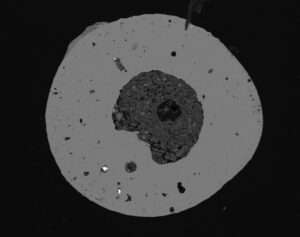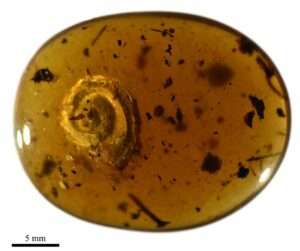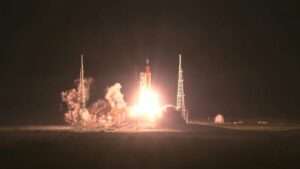Story By: Joseph Golder, Sub-Editor: Joseph Golder, Agency: Real Press
Jupiter and Saturn will align in the night sky on 21st December in a “Great Conjunction” last visible nearly 800 years ago, creating the appearance of a bright ‘star’ that many say could be a repetition of the Star of Bethlehem that the Three Wise Men followed to Jesus Christ.
Experts and amateur stargazers alike will be out in force to enjoy the unique spectacle at dusk, when Jupiter and Saturn, the solar system’s two largest planets, will align, creating the impression of a very bright star, visible to the naked eye and not just to anyone with a telescope or binoculars.
Occurring a few days before Christmas and on the day of the winter solstice, many are calling it a “Christmas star”, speculating that the Three Wise Men, also known as Kings or Magi, followed the same astronomical event to the manger in Bethlehem.
Real Press discussed the upcoming Great Conjunction with Patrick Hartigan, a Physics and Astronomy Professor at Rice University in Houston, Texas, as well as with geophysicist and astronomer Karl Antier in France and with Nahum Arav, a Physics Professor at Virginia Tech.
Professor Hartigan explained: “The term ‘Great Conjunction’ was first coined by [Johannes] Kepler. It refers to a conjunction or a meeting in the sky of two planets, Jupiter and Saturn.” And Professor Arav said: “It’s a dazzling sight in the sky”, adding: “This is beautiful because you can totally observe it with the naked eye and you can even observe it from within a city because both planets are very bright. Jupiter, especially, is the brightest ‘star’ in the sky.”
Jupiter and Saturn align roughly every 20 years but Professor Hartigan, 61, an expert in “spectra and imaging of star-forming regions” who said he first became “an amateur astronomer back when he was eight years old”, explained why this event has not occurred in quite this way for 800 years.
He said: “The big difference is that this one is a lot closer. Most of them are much further apart. In the past, the closest the two planets tended to appear together was about the size of two full moons in the sky, whereas this time around, they will be as close as one-fifth the diameter of the full moon.
“What people are going to see is very low in the western horizon depending on where you are. It will be easier to see at the equator than at the poles. You will see a reasonably bright object and that will be Jupiter. It will be maybe 15 degrees above the horizon depending upon where you are. It will be about as bright as the Dog Star [ed. also known as Sirius], the brightest star in the night sky, and then there will be a very faint object, Saturn, right next to it.”
Speaking about their apparent closeness, astronomer Karl Antier said that it is “just an apparent proximity because in reality, Saturn will be twice the distance from Earth than Jupiter. It’s just perspective that makes them very close.”
Discussing whether this event could be a repetition of the fabled Star of Bethlehem, Mr Antier said: “Yes, it’s possible. We’ve been looking for astronomical events that could have produced a very bright star in the sky that could have led the Kings to baby Jesus.”
He added: “This is an event that could have produced a bright star that could have been the Star of Bethlehem. Researchers have been investigating which conjunction can explain that but none of the theories are perfect… whether it’s the position… whether it’s the date… but it could have been.”
Professor Arav, 56, an expert in “the influence of supermassive black holes in the structural formation of galaxies and the universe” who has had a life long passion for space and “knew from elementary school” that he “wanted to study the universe”, said: “This is the closest approach for both of them since the 13th Century. It is very rare indeed that they are so close in the sky.”
He added: “The event will be visible from anywhere on Earth but you need to have a clear south-west horizon and you need to watch about 45 minutes after sunset because they will set about an hour later.” He explained that it is being called a “Christmas star” because “of the Star of Bethlehem that was in the Scripture around the time Jesus was born, and now the star appears on 21st December, so, very close to Christmas. So the link is being made that it would be the Christmas star.”
Discussing whether this event could be a repeat of the fabled Star of Bethlehem, Professor Hartigan said that the question would be better suited for biblical scholars.
Speaking to Real Press from near the Haute-Provence Observatory, where “the first exoplanets were discovered”, Mr Antier, 37, a researcher in engineering and astrophysics whose current focus is on observing meteors and who has been interested in astronomy ever since he asked his parents for a telescope as a child – for Christmas – said: “Saturn orbits the sun in 20 years and Jupiter in 12 years, so there is a periodicity of the times that they are very close together in the sky and this periodicity is 20 years. So every 20 years, you can see Jupiter and Saturn very close to each other. They haven’t been that close to 400 years but 400 years ago it was not visible to the naked eye because it took place in daylight. The only time that happened, when it was visible and they were this close together, was 800 years ago, in 1226.”
So Real Press contacted Francesca Stavrakopoulou, a Professor of the Hebrew Bible and Ancient Religion at the University of Exeter, UK, as well as Dr Adam Mosley, an Associate History Professor at Swansea University and an expert in Early Modern Astronomy, and Thony Christie, a historian whose focus is on the History of Science and Mathematics. Real Press asked them to comment on the notion that Johannes Kepler believed this event might have been what the Three Kings saw.
Mr Christie, who blogs under the name ‘The Renaissance Mathematicus’, said: “Great conjunctions played a very significant role in Kepler’s life”, adding that regarding “the so-called Star of Bethlehem, the men from the east, who according to Matthew 2:2, followed the star were, in the original Greek, Magoi (Latin/English Magi) and this means they were astrologers and not the sanitised wise men or kings of the modern storytelling.
“Kepler would have been very well aware of this. This led Kepler to speculate that what the Magoi followed was an important astrological occurrence and not a star in the normal meaning of the word. One should note that in antiquity all visible celestial objects were stars, […], so interpreting the Star of Bethlehem as an astrological occurrence was not a great stretch.”
He added: “His revelation in 1603 was that this astrological occurrence was a Great Conjunction and in fact a very special one […] Calculating backwards, Kepler the astronomer, determined that one such had occurred in 7 BCE and this was the star that the Magi followed. Whether Kepler’s theory was historically correct or an accepted view in antiquity is totally impossible to determine. […] In Kepler’s own time, nobody accepted his deviant astrology, so I very much doubt that many people accepted his Star of Bethlehem story.”
While Dr Mosley said: “Kepler didn’t claim that the ‘Star of Bethlehem’ might have been a conjunction of Saturn and Jupiter. He did, however, claim that such a conjunction might have presaged the event witnessed by the magi, which he thought was a nova.”
He explained that scholars of Kepler’s era “entertained the idea that conjunctions were either a cause or a sign of other heavenly phenomena” and that Kepler “came across a book by a Polish scholar called Laurence Suslyga, on the dates of the birth and death of Christ. This book pointed out that the conventional date was clearly incorrect — amongst other things, Herod was alive at the time of Christ’s birth, but Herod died around 4 BC.
“So in an appendix to the work he wrote on the nova of 1604, the De Stella Nova, Kepler discussed the date of Christ’s birth, and advanced the idea that the star which attracted the attention of the magi, who he supposed came to attend Christ in Bethlehem in 5 BC, might also have been preceded by conjunctions of Saturn and Jupiter. He dated those conjunctions to 7 BC. Part of Kepler’s reasoning was that conjunctions must have been significant to the ‘Chaldaean’ astrologers (whom he supposed the magi to be), as they were to Arabic astrologers of the middle ages and the astrologers of his own day. So the conjunctions, he thought, would have primed the magi to look out for a significant event — the new star and the birth of Christ.”
He added: “In 1821, a Lutheran bishop, Dr Muenter, argued that the Star of Bethlehem might have been a conjunction of Saturn and Jupiter. A scholar called Ludwig Ideler, commenting on this claim, (falsely) noted that it had been made by Kepler previously. Ideler also calculated the details of the conjunctions of 7 BC, and argued that the two planets in conjunction could indeed have been mistaken for a single star. As early as 1856, in a paper delivered to the Royal Astronomical Society, C. Pritchard pointed out that this was highly implausible — the two planets were never close enough together in the sky to appear to be one object.
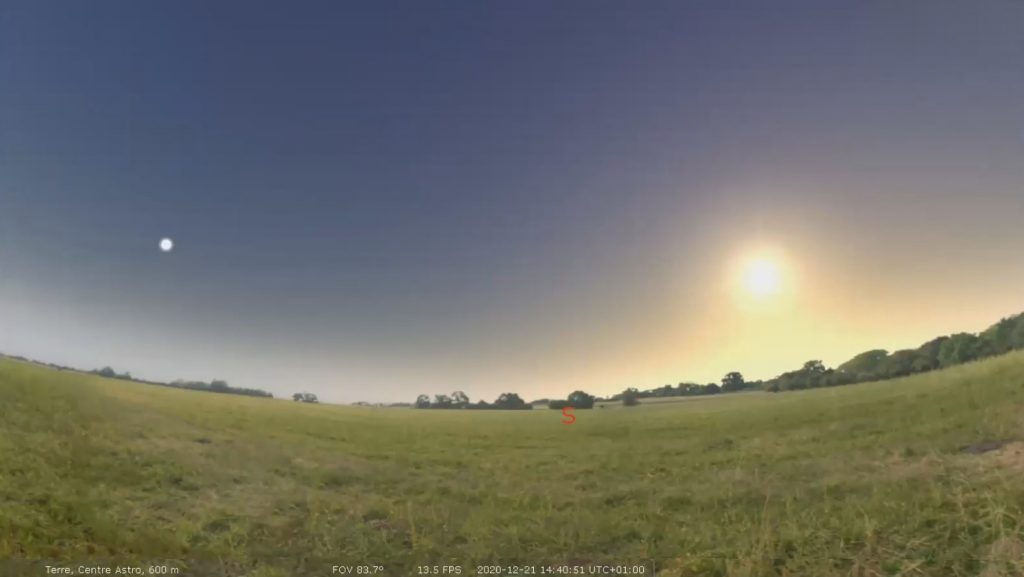
“In a paper published in 1977, again by the Royal Astronomical Society, David H. Clark, John H. Parkinson, and F. Richard Stephenson, arrived at the same conclusion after a slight recalculation of these conjunctions, differing only a little bit from Pritchard’s. The planets were not close enough together to be mistaken for a single star. They also cited a Chinese observation of something that they argued could have been a nova, dating to 5 BC — and they suggested that this could have been a Chinese sighting of the Star of Bethlehem, as described in the Gospel of Matthew. Clark, Parkinson, and Stephenson thought they were contradicting Kepler’s explanation of the Star of Bethlehem — because they too had been misled by the literature which stated that Kepler thought it was a conjunction. In fact, except for Kepler’s notion of a connection between conjunctions and novae, they were thinking along the same lines.”
And Professor Stavrakopoulou, 45, referred to an article on The Conversation by Associate Professor of Religion Eric M. Vanden Eykel, who said: “I believe Matthew’s story of the star exists not to inform readers about a specific astronomical event, but to support claims that he is making about the character of Jesus. Put another way, I argue that Matthew’s goal in telling this story is more theological than it is historical. The upcoming conjunction of Jupiter and Saturn is therefore likely not a return of the Star of Bethlehem, but Matthew would likely be pleased with the awe it inspires in those who anticipate it.”
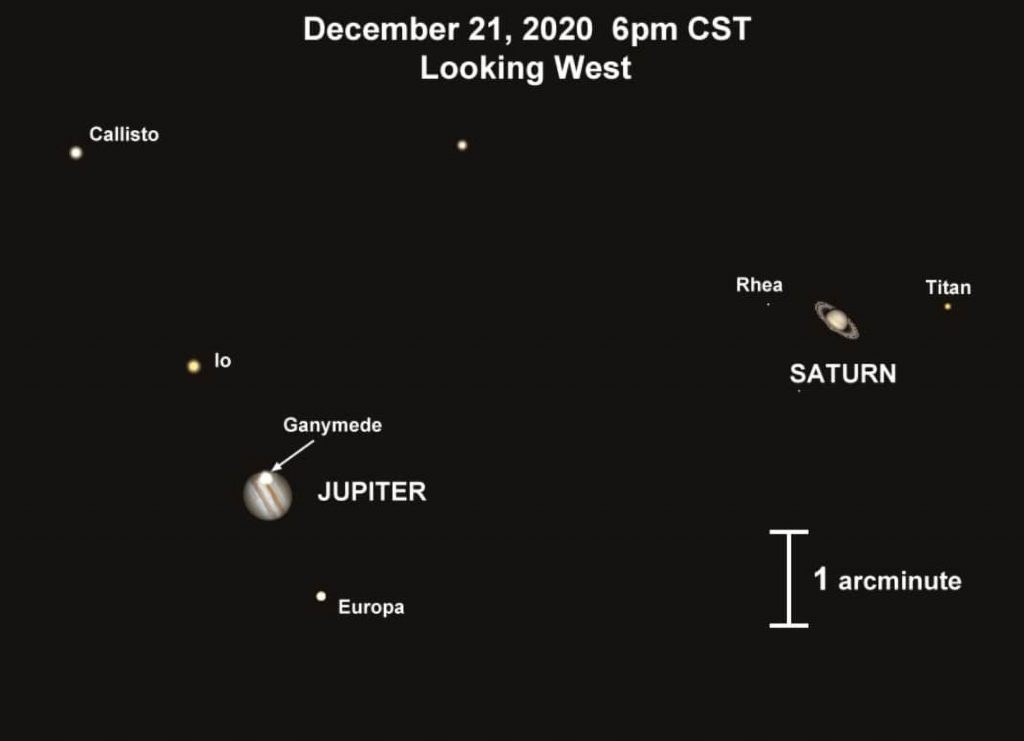
Professor Stavrakopoulou said: “I agree with Professor Vanden Eykel’s comments. The key thing is that divine beings (including those called ‘messengers’ or ‘angels’ in the New Testament) were understood to be dazzlingly radiant beings. And the gods themselves were often identified with astral bodies. So the story about the star in Matthew suggests it’s about a divine being (or messenger) leading the wise men to Jesus’ birthplace. Matthew’s audience would probably have understood the wise men (magi) to have been diviners. And one of the skills in a diviner’s toolkit was the ability to ‘read’ the messages written into the skies by the gods – which naturally included the movement of planets, stars, and comets.
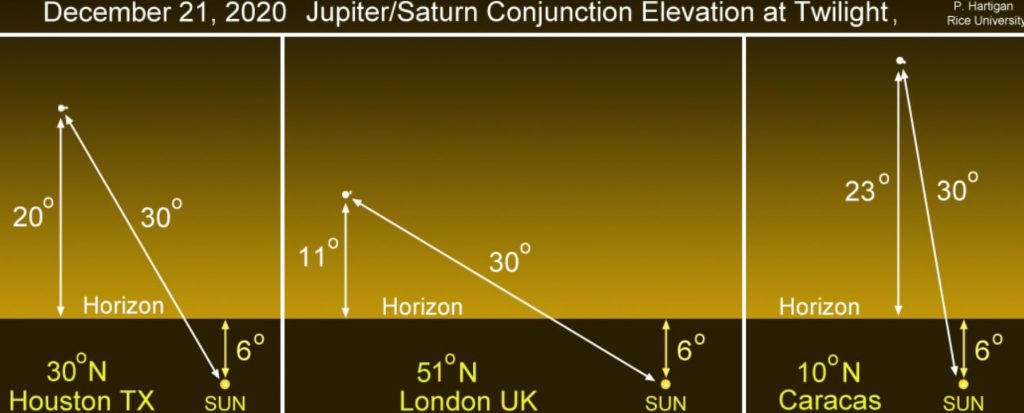
“So even though the story in Matthew is unlikely to refer to a comet, it still plays into a broader cultural context in which the divination of heavenly secrets, prophecies, and announcements was closely associated with the movement of heavenly bodies.“
In other words, it is still unknown what the three Magi followed to the manger in Bethlehem, but it is entirely possible that a Great Conjunction of Jupiter and Saturn is what inspired Matthew in his writings.
The ViralTab page is created by and dedicated to professional, independent freelance journalists. It is a place for us to showcase our work. When our news is sold to our media partners, we will include the link here.

